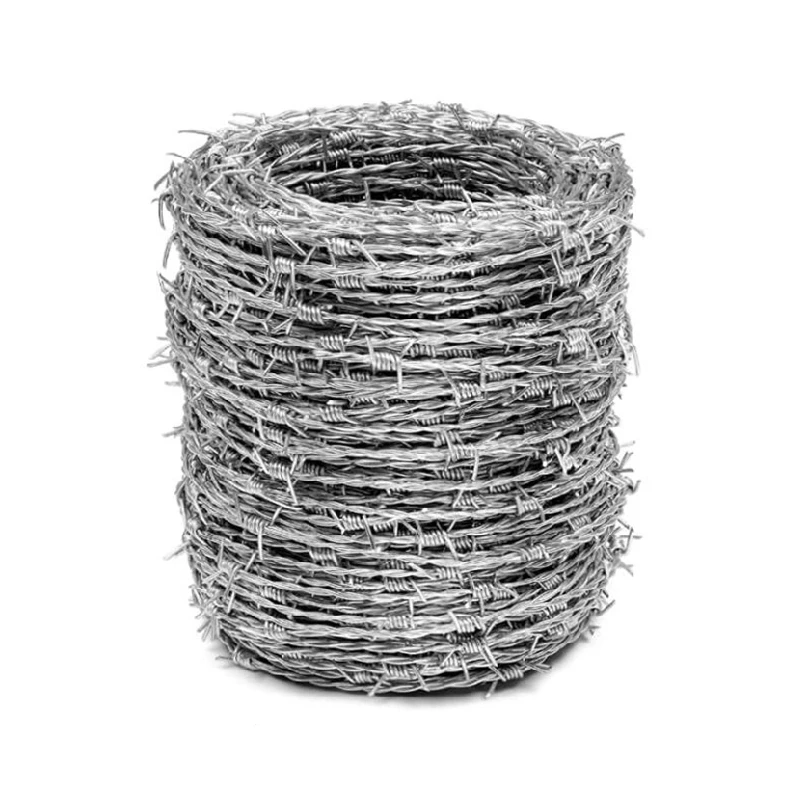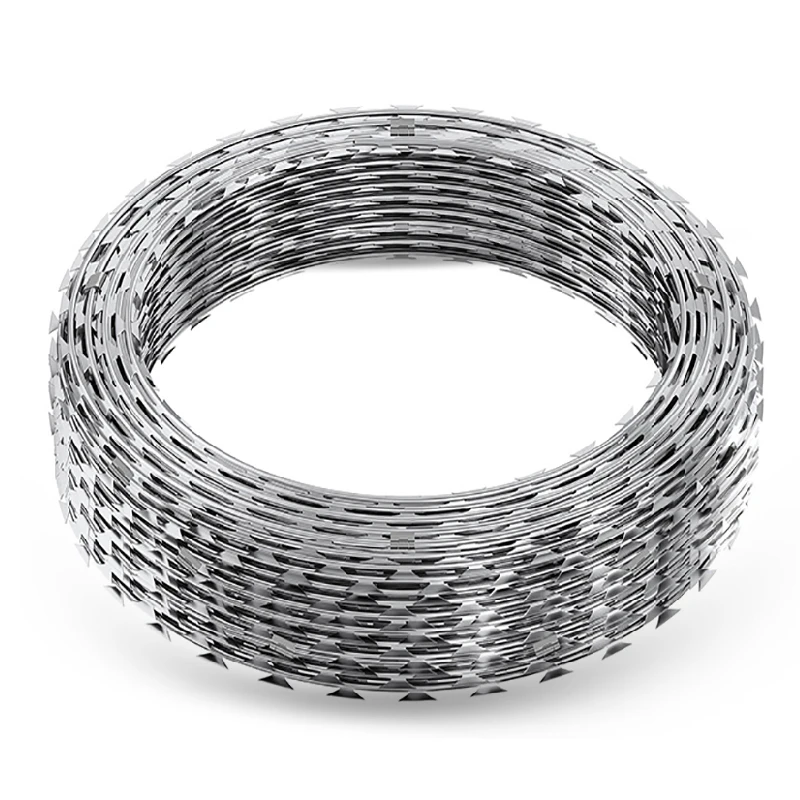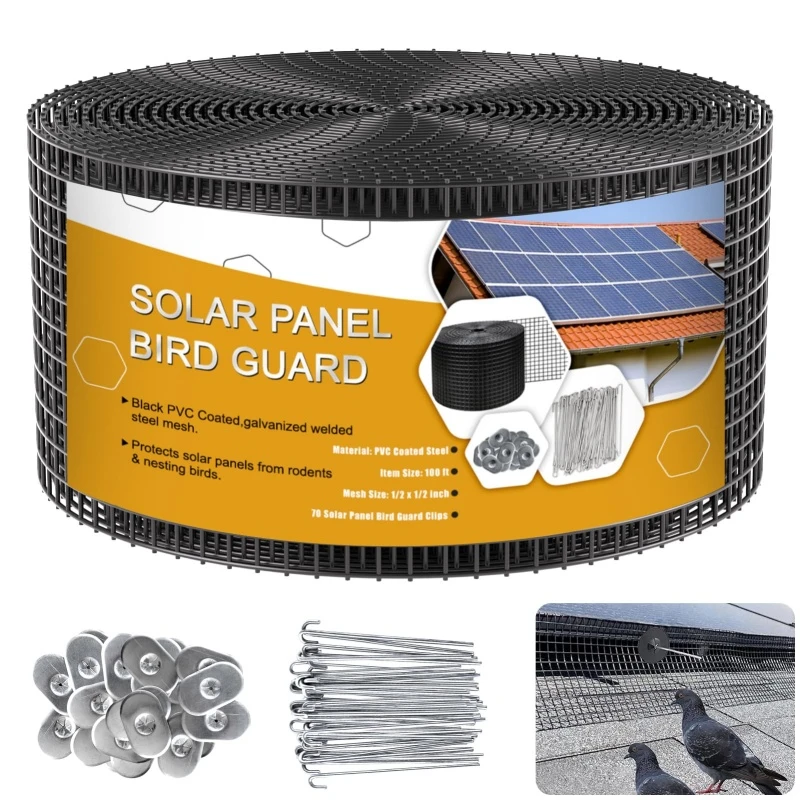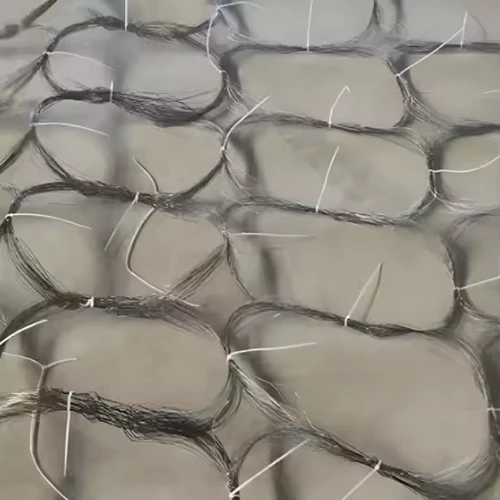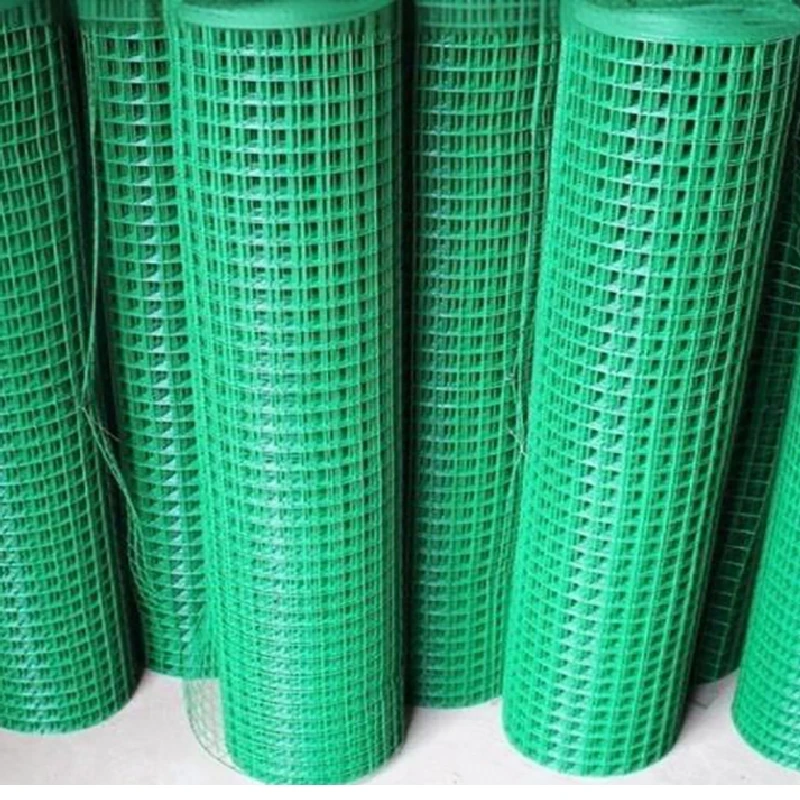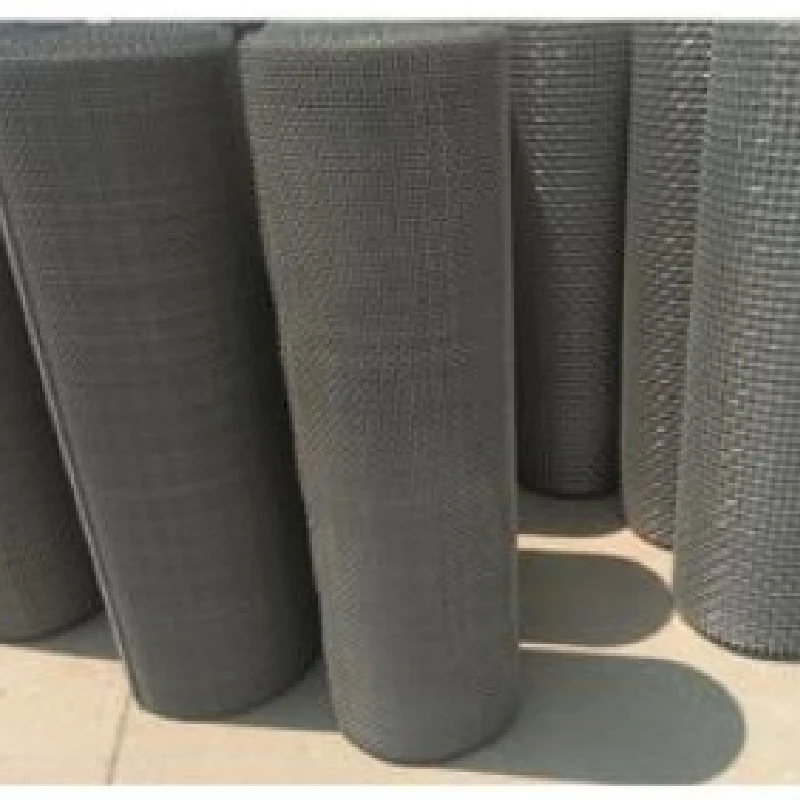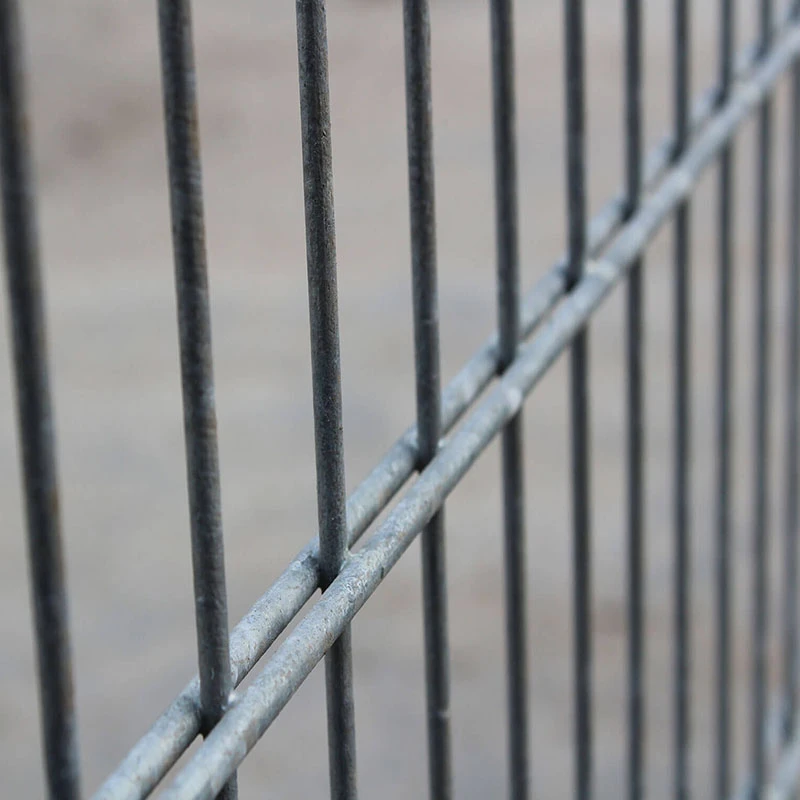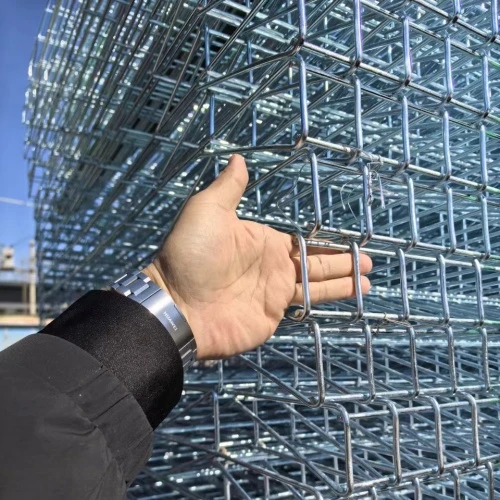Wire mesh is a versatile material made from interwoven metal wires that create a grid or mesh structure. It can be made from various metals, including steel, stainless steel, and aluminum, depending on the intended use. Wire mesh is used in a wide range of applications due to its strength, flexibility, and durability. In construction, it is commonly used for reinforcement in concrete structures, such as floors, walls, and driveways, as it adds strength and prevents cracking. It is also used in fencing to create secure enclosures for both residential and commercial properties. In the agricultural sector, wire mesh is used to build animal cages, poultry enclosures, and fencing to protect crops from animals. The mesh can be customized in terms of wire thickness and hole size, making it suitable for various applications. It is also used in industrial settings for shelving, partitioning, and protecting machinery. Wire mesh is popular for safety barriers, where visibility is important but security is still needed, such as in sports arenas or public spaces. Additionally, wire mesh can be used in decorative applications like screens, garden features, and even furniture. Its flexibility and strength make it an indispensable material across different industries.
What Are the Benefits of Using Wire Mesh?
Wire mesh offers several advantages that make it a widely preferred material in various applications. One of the primary benefits is its strength and durability. Whether made from galvanized steel, stainless steel, or another metal, wire mesh is designed to withstand physical stress, corrosion, and harsh environmental conditions. This makes it ideal for both indoor and outdoor use, including fencing, construction, and industrial applications. Another advantage is its versatility. Wire mesh can be customized in terms of wire thickness, mesh size, and material type, allowing it to be tailored to specific needs, whether for security, reinforcement, or decorative purposes. Wire mesh is also cost-effective, as it requires less material compared to other methods of construction, such as concrete or wood. Its installation is relatively simple and does not require heavy machinery, reducing labor costs. Furthermore, wire mesh is lightweight, which makes it easier to transport and handle. In terms of maintenance, it is low-maintenance and long-lasting, especially when made from corrosion-resistant materials. The flexibility of wire mesh allows it to be used in a wide variety of applications, from reinforcement in concrete to animal containment and safety barriers. Overall, wire mesh provides a durable, cost-effective, and versatile solution for many different needs.
How Does Wire Mesh Compare to Other Materials?
Wire mesh offers several advantages over other materials, particularly in terms of cost, strength, and flexibility. When compared to wood, wire mesh is more durable and resistant to environmental factors such as weather, pests, and decay. Wood fencing or structures require regular maintenance, such as painting or sealing, to protect them from rot, while wire mesh, especially when galvanized or stainless steel, is highly resistant to corrosion and long-lasting without the need for frequent maintenance. Compared to concrete or brick, wire mesh is lighter, easier to handle, and less expensive to install. While concrete or brick walls offer strength and security, wire mesh provides an alternative solution that is more cost-effective and flexible. For example, wire mesh can be used for fencing, where visibility is important but security is still required, unlike solid concrete or brick walls that obscure sightlines. Wire mesh is also easier to install and modify, making it more suitable for temporary applications, such as construction sites or event barriers, where a permanent structure is not needed. Additionally, wire mesh is more environmentally friendly, as it can be recycled, unlike concrete or plastic, which are harder to repurpose. Overall, wire mesh is a more cost-effective, flexible, and low-maintenance alternative to other materials like wood, concrete, or brick in many applications.

